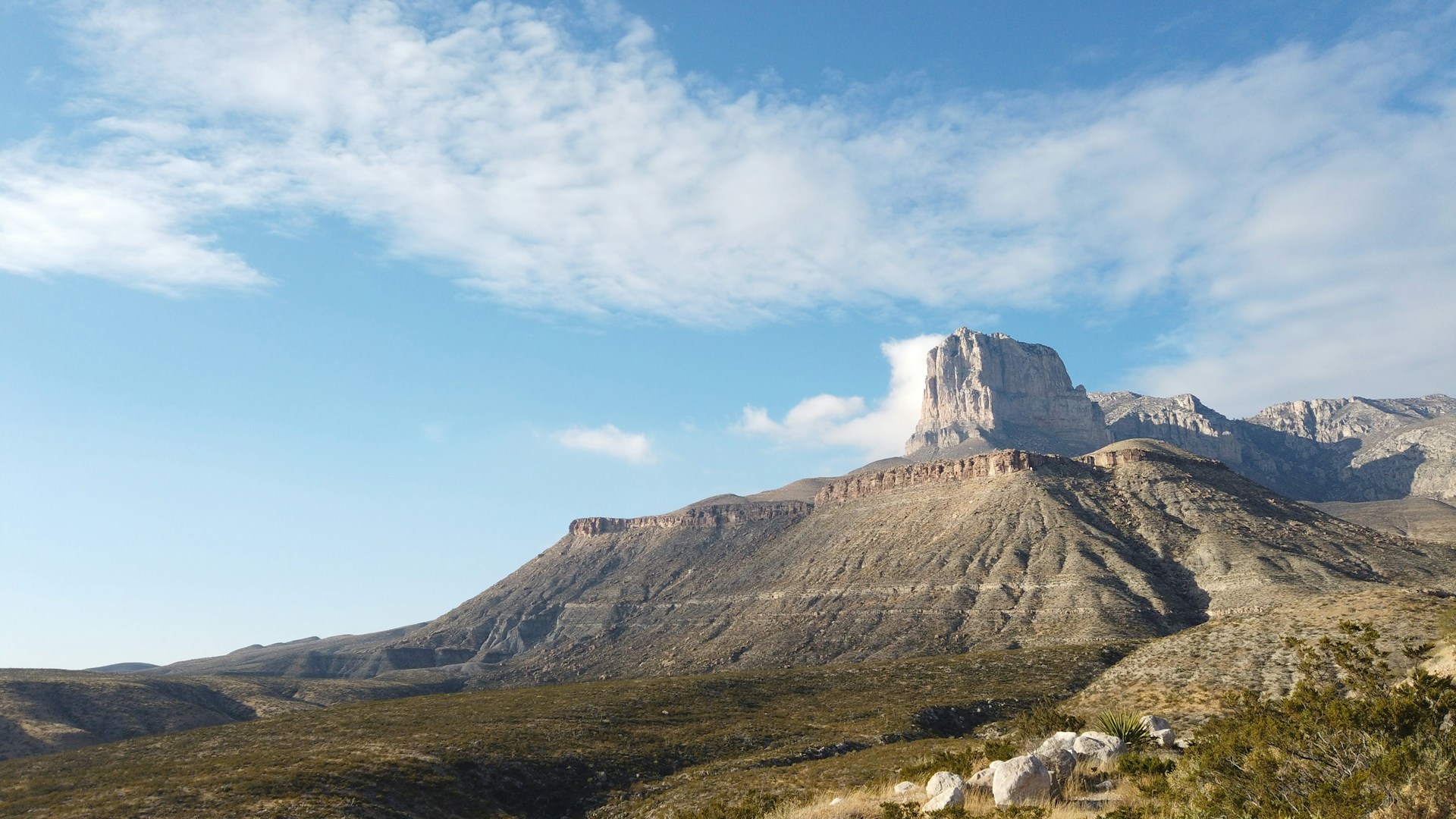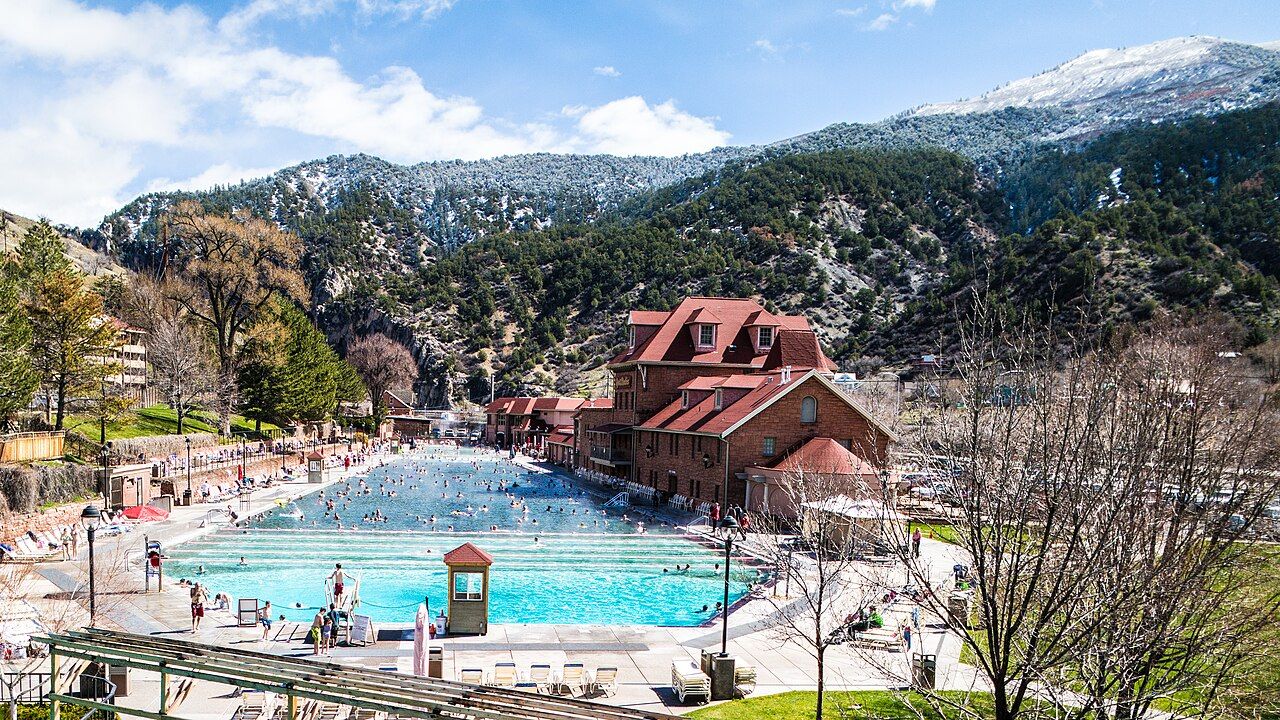Quiet scenery still exists, tucked behind long county roads, slow ferries, and trailheads with more ravens than cars. These places reward early season visits, midweek timing, and a willingness to trade signal bars for starlight. Local diners open at sunrise, camp chairs face big horizons, and conversation lowers to match the wind. What follows favors wide land and small towns, where capacity stays modest on purpose. The payoff is time that expands, views that hold, and a calm that lingers well past the drive home.
Great Basin National Park, Nevada
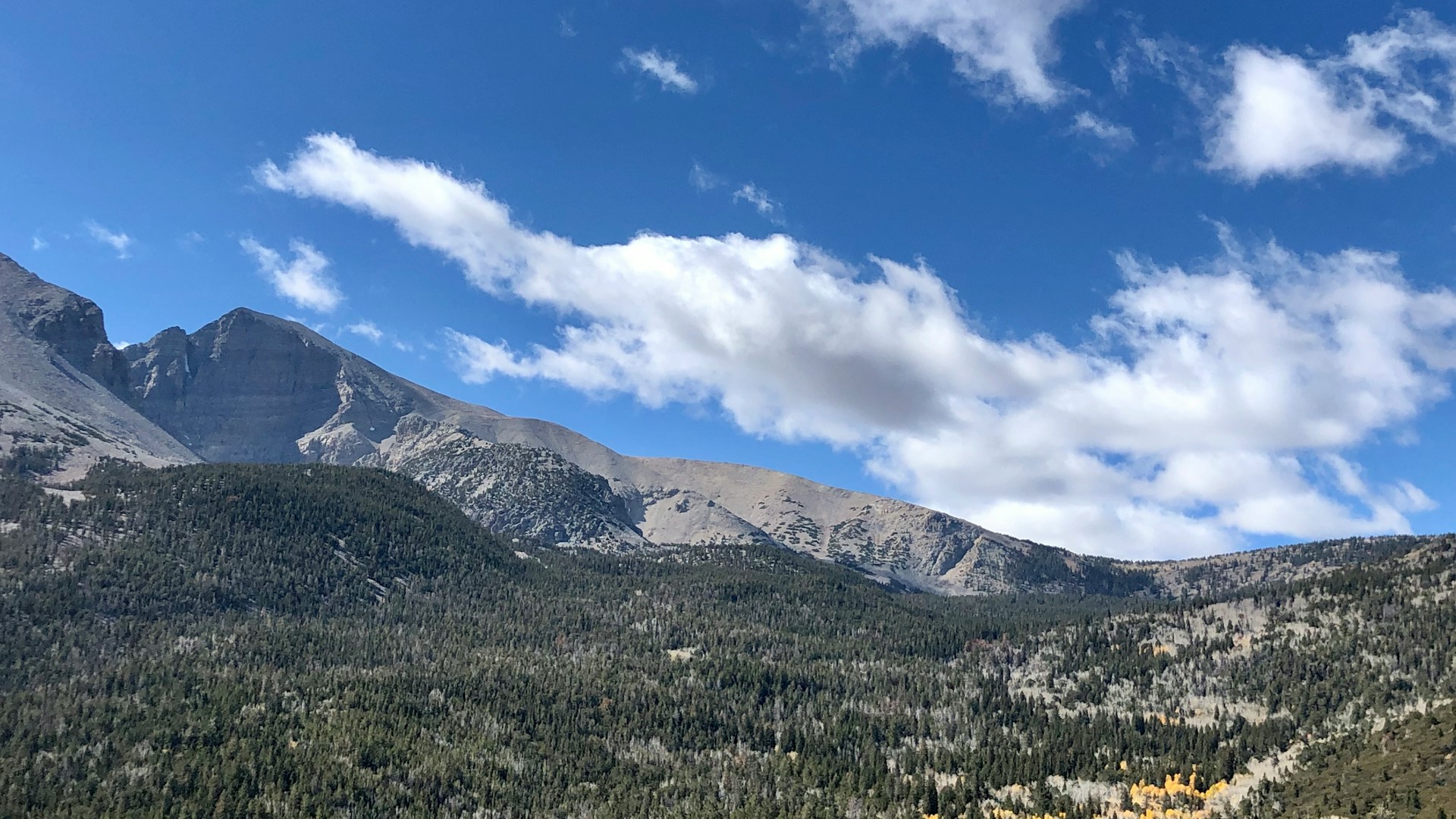
Bristlecone pines twist above high meadows while Wheeler Peak throws a clean shadow across limestone and sage. Lehman Caves curves with marble and rare shields, and night brings a Milky Way bright enough to trace by hand. Crowds thin because the park sits far from interstates, leaving trails quiet and campgrounds unhurried. Add a sunrise on the alpine lakes loop, and the desert’s idea of plenty becomes clear: silence, sky, and air that tastes like cool stone.
North Cascades National Park, Washington
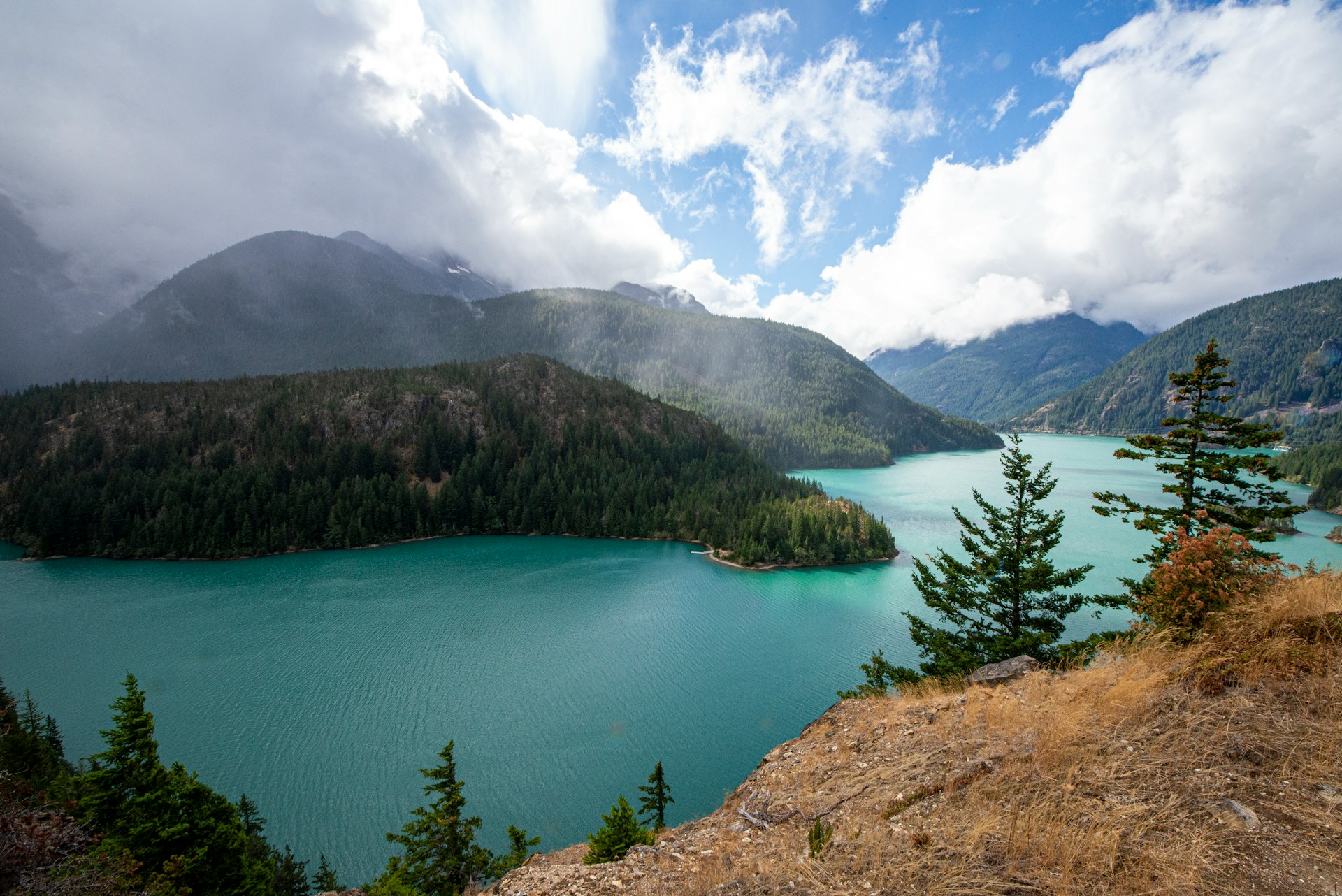
Glacier-cut spires, teal lakes, and larch forests make a skyline that looks like another country, yet trailheads often stay light. The park’s road network is limited, which keeps the core wild and spreads hikers between valleys. Autumn turns slopes gold and doubles the color in water that mirrors every ridge. Even roadside pullouts feel remote, with views that run all afternoon. Small towns on the edges pour strong coffee, then hand off the day to mountain light.
Guadalupe Mountains National Park, Texas
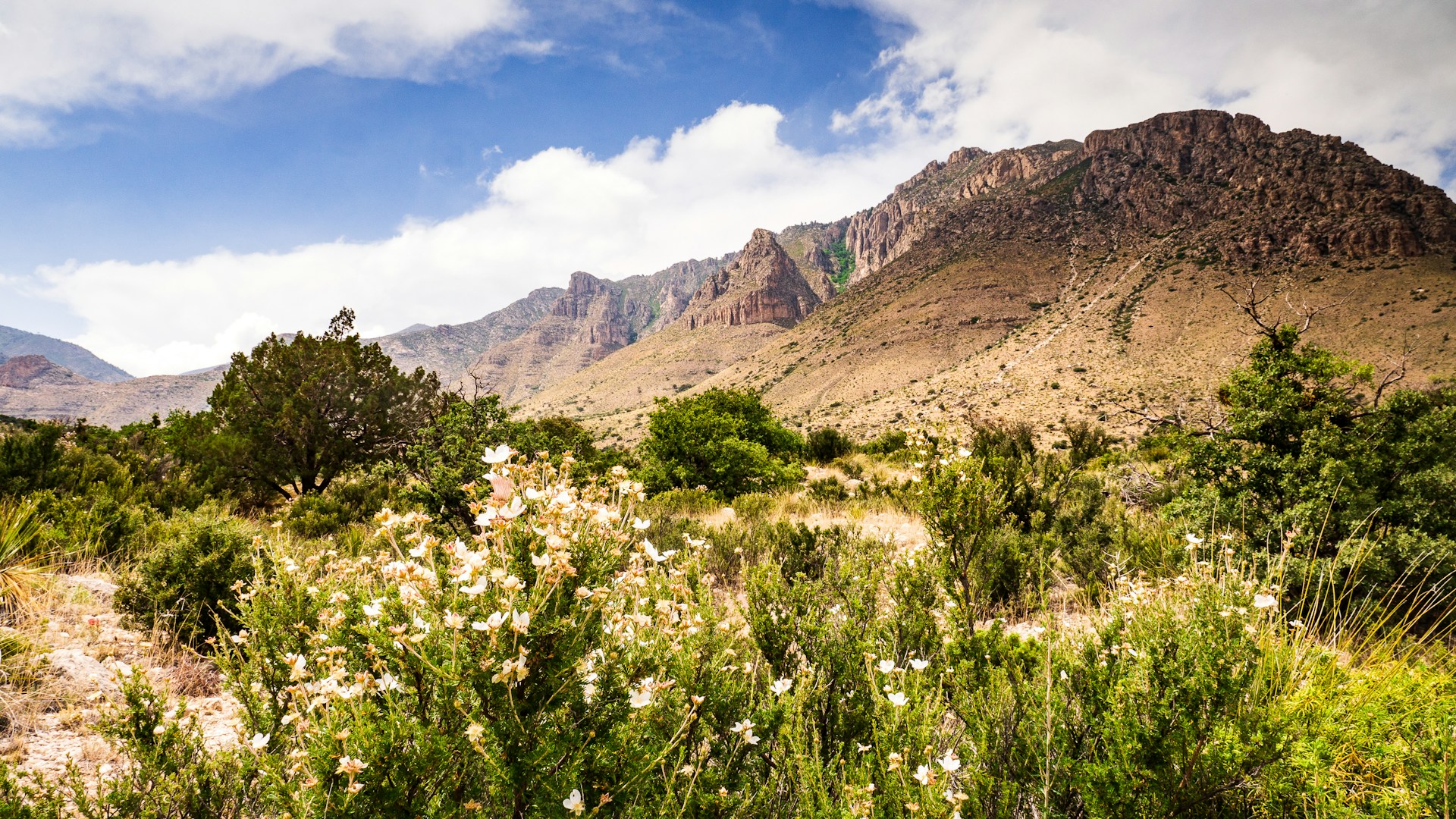
An ancient reef now stands as Texas peaks, with Guadalupe Peak and El Capitan rising clean from desert scrub. Trails climb through alligator juniper, maple, and fir, stacking biomes like chapters until cool wind replaces sun glare. Wildlife moves quietly here, and the night sky earns every superlative. Distance keeps numbers down, so switchbacks belong to steady feet and patient rest stops. On the summit, the salt flats look like a map someone forgot to fold.
Black Canyon of the Gunnison National Park, Colorado
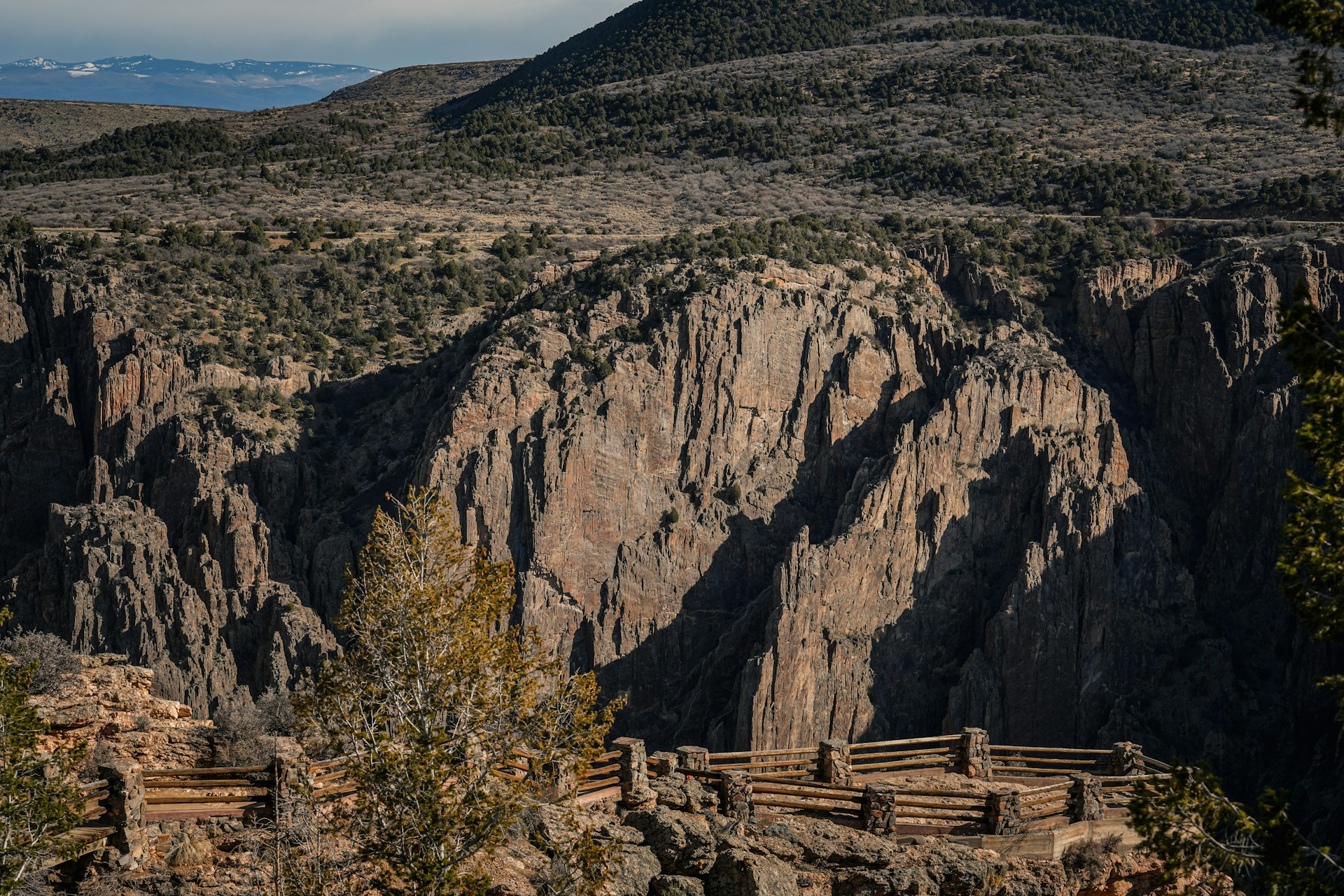
The Gunnison River saws through dark metamorphic rock so steep that sunlight touches some walls for only minutes a day. Overlooks sit close to the edge, turning the river into a silver thread and the cliffs into sheets of shadow and quartz. Trails stay short on the rim and rugged below, which keeps traffic modest. Raptors ride thermals, echo carries, and the view teaches scale without a lecture. It is drama at human volume, precise and unforgettable.
Chiricahua National Monument, Arizona
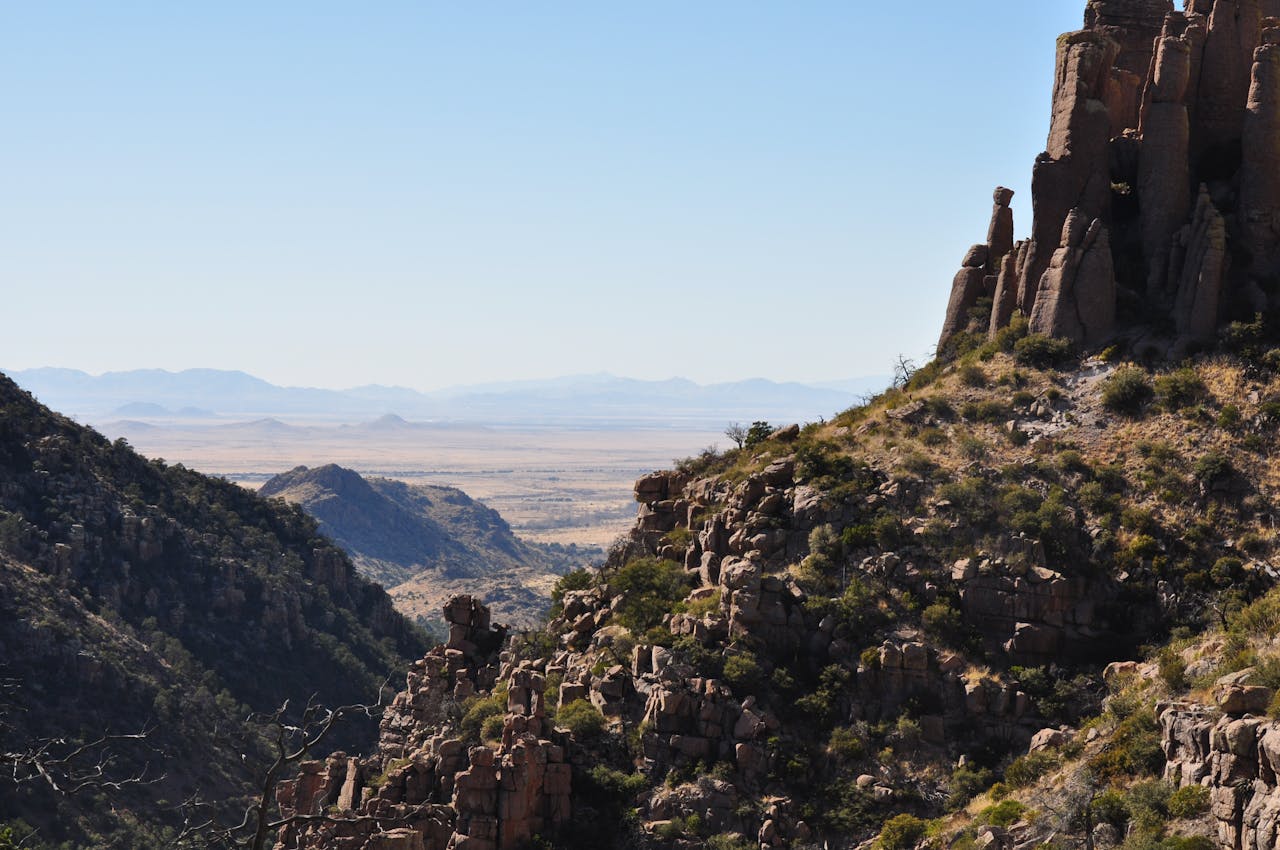
Standing rocks crowd a high sky, balancing boulders on thin necks above canyons of oak and pine. A loop of trails links viewpoints with names that sound like family jokes, and every turn reveals another hallway of stone. Spring brings birds and cool mornings; winter leaves frost on moss and long light on welded tuff. The monument sits well off big highways, which keeps the hush intact. End the day with pie in nearby Willcox and call it perfect.
Steens Mountain and Alvord Desert, Oregon
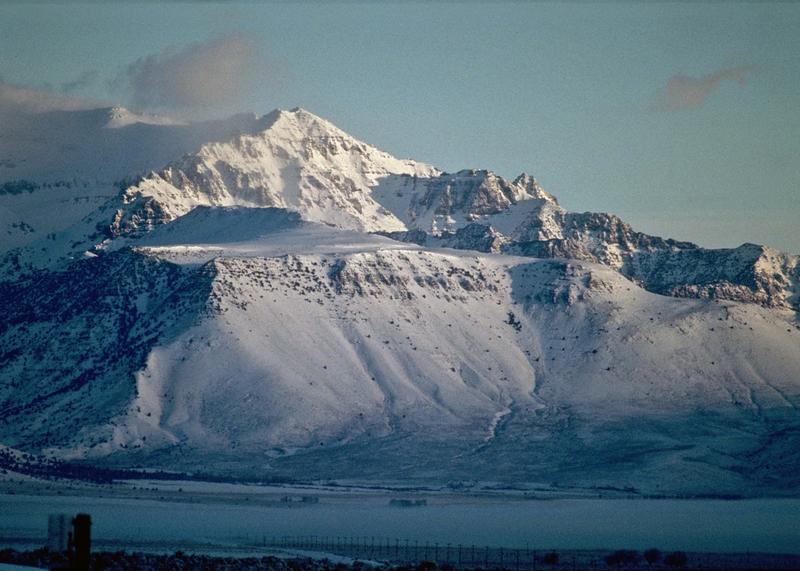
A single fault-block mountain rises from sagebrush to aspen bowls, then drops in a sudden line to a dry lakebed that looks lunar at noon. The summit road curls past overlooks where ravens hang in place on steady wind. Below, the playa invites slow walks and stargazing that feels like standing inside a dome. Services stay sparse by design, which keeps weekends quiet even in summer. The best plan is simple: extra water, a hat, and time to wander.
Cutler Coast Public Reserved Land, Maine
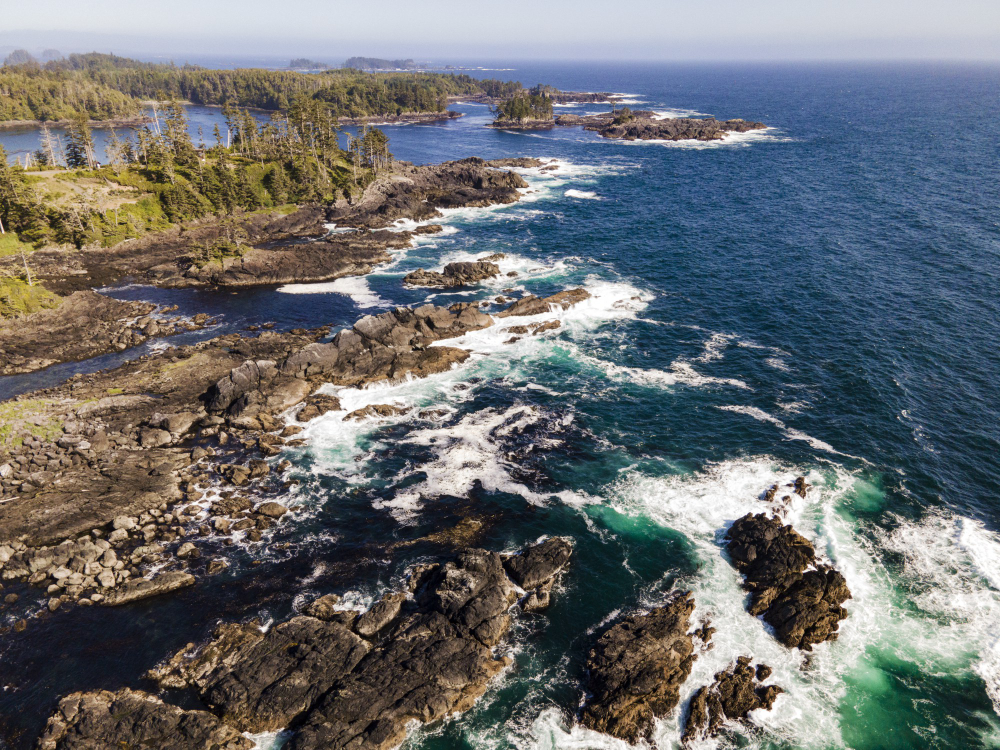
Maine’s Bold Coast trades lighthouses for raw headlands and pocket cobble beaches where fog drifts and gulls split the quiet. A loop trail tricks the mind with spruce shadow and sudden cliff-edge blue, then offers tent pads under balsam for those who pack lightly. Even in July, hikers pass by with hellos rather than lines. Tides set the rhythm, not traffic, and the only crowd is a raft of eiders cruising tide rips below. It is coastal New England without the bustle.
Cumberland Island National Seashore, Georgia
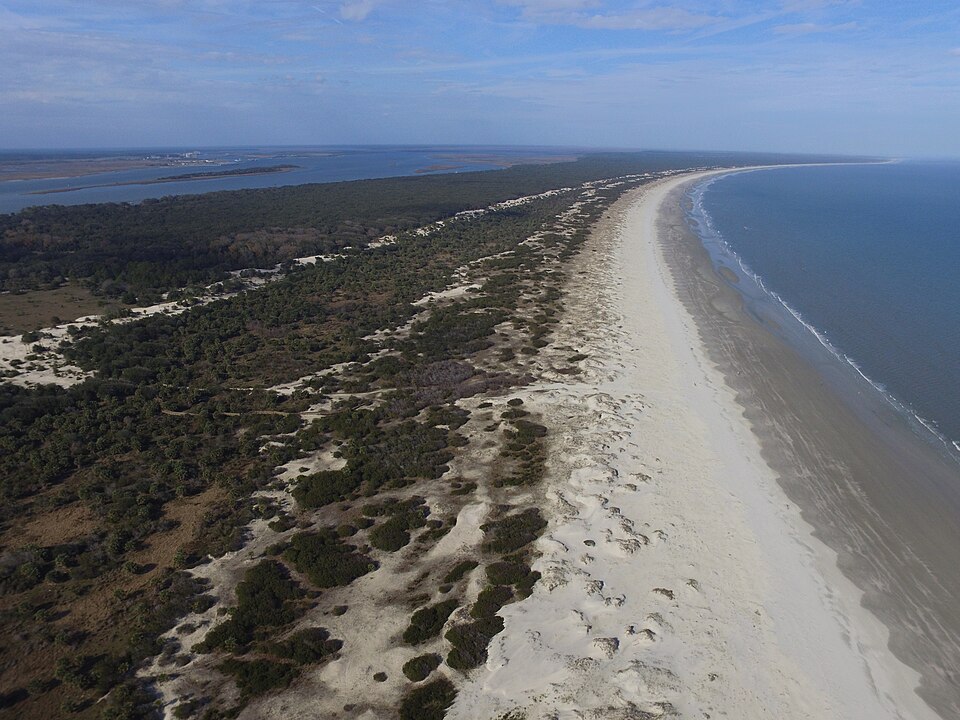
A ferry limits access, so live oaks, dunes, and wild horses share space with ruins and quiet beaches that run to the horizon. Boardwalks carry feet over marsh and into maritime forest where armadillos rustle like wind. Nights bring stars and surf, mornings bring shorebird prints and cool sand. The restriction feels like a gift, trading convenience for solitude in a way that protects both. Time slows until even footsteps soften to match the tide.
Ruby Mountains, Nevada
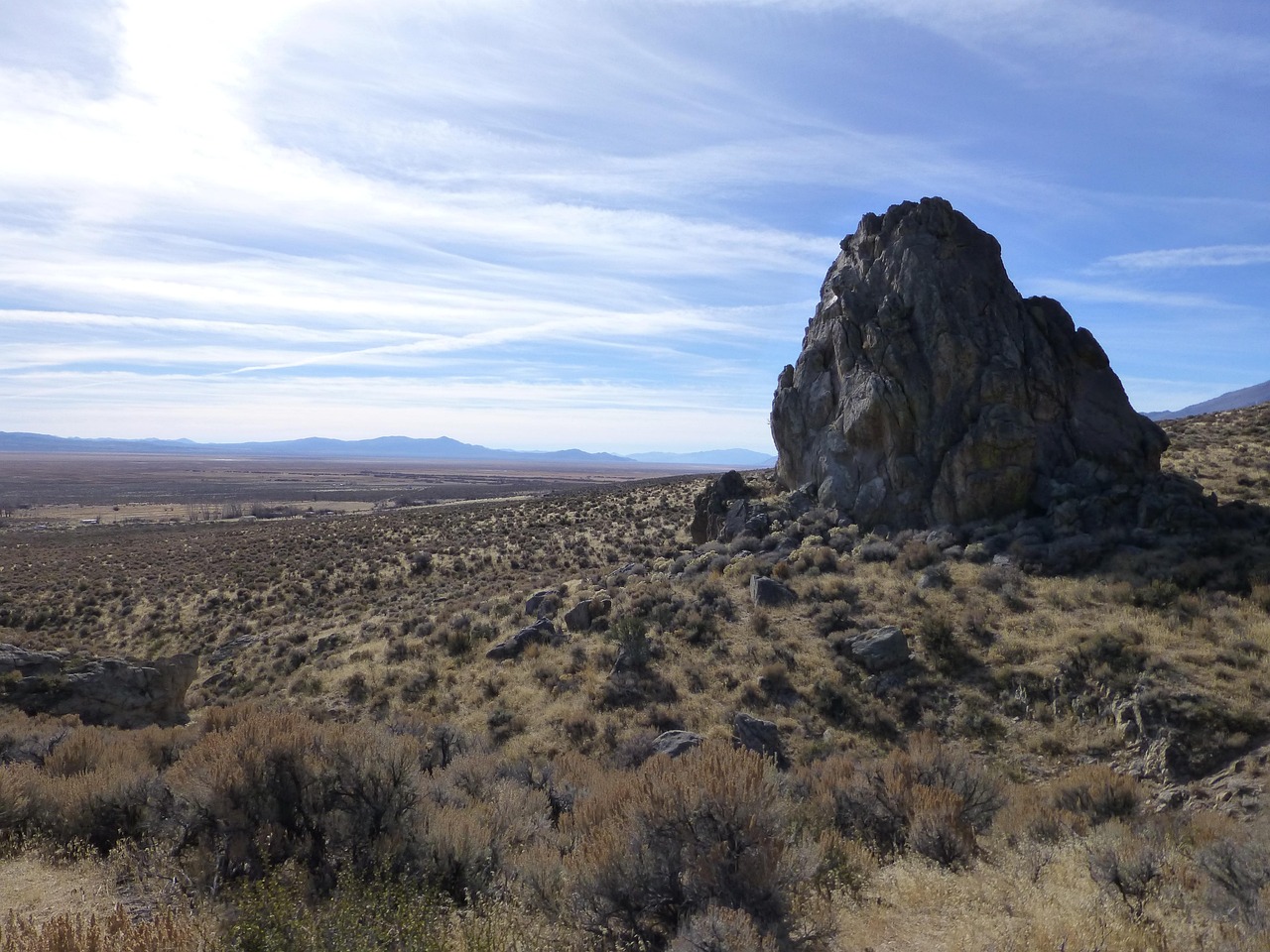
Lamoille Canyon cuts into a range locals call the Alps of Nevada, with hanging valleys, waterfalls, and a trail that strings clear lakes like beads. Wildflowers flare in July, aspens flash in Sept., and summer storms pass with drama and speed. The lack of a national park label keeps pressure low, so switchbacks stay unhurried and campsites feel earned. At dusk, granite warms to rose and the day empties of sound. It is high country without the parade.
Gila Wilderness, New Mexico
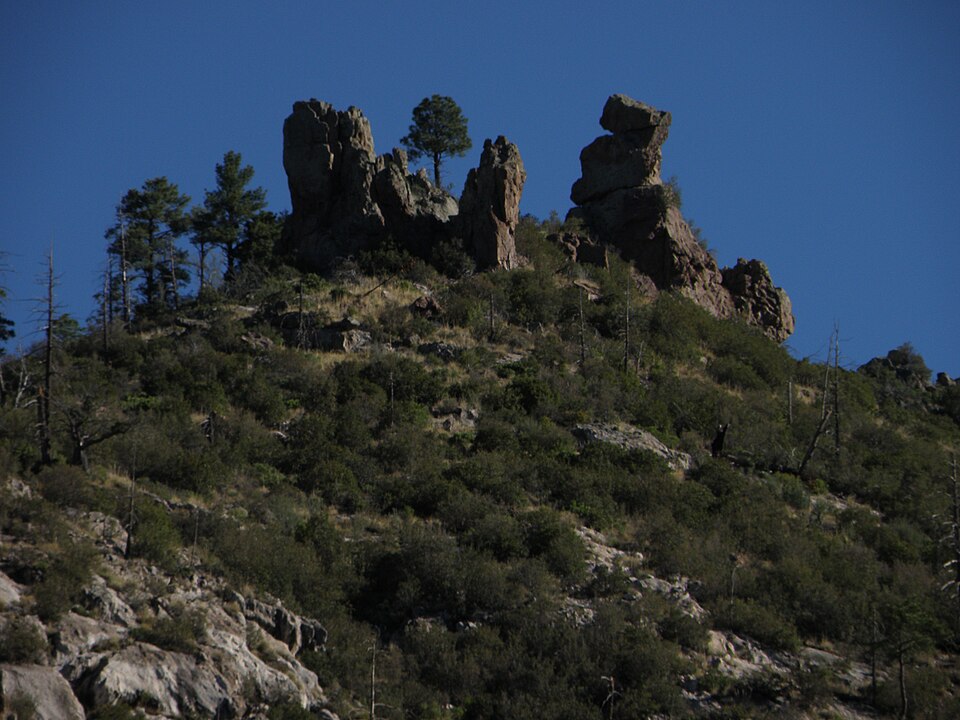
America’s first designated wilderness holds hot springs, cliff dwellings, and ponderosa benches that smell like vanilla in the sun. Trails follow rivers through tight canyons, cross fords that cool ankles, and climb to mesas where silence pools. Distance from interstates and summer heat cap visitation, leaving spring and fall to hikers who like their days big and their nights star-bright. The reward is space to think and trails that feel shaped by hooves and weather more than maps.
Lake Clark National Park, Alaska
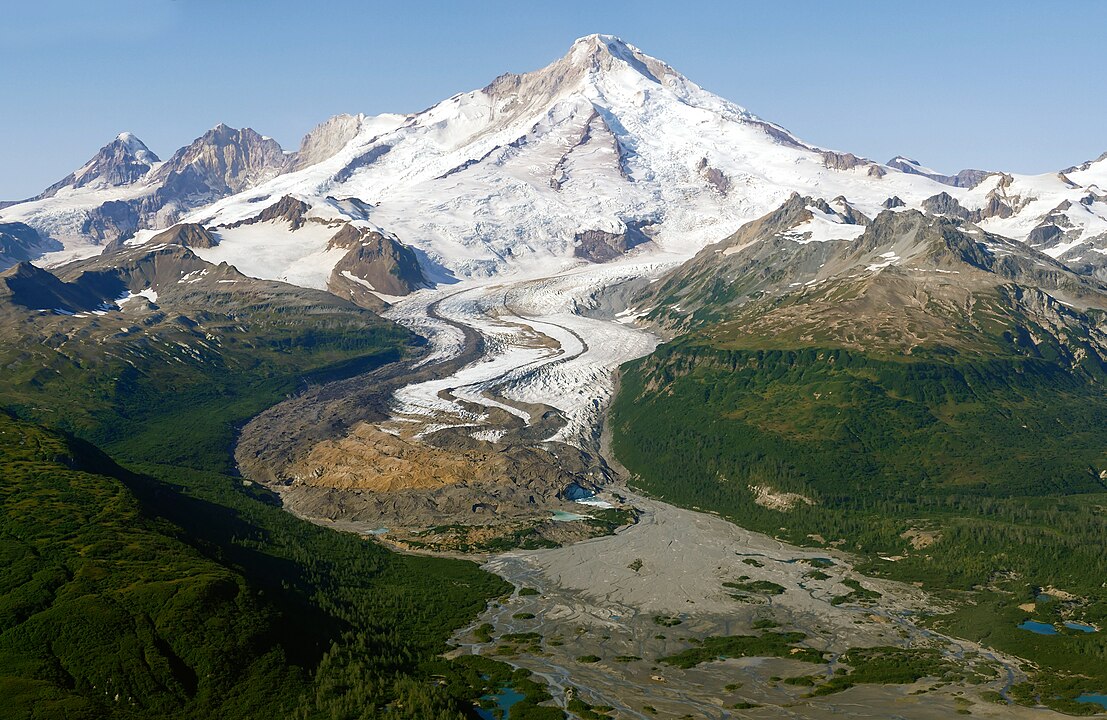
Glacial peaks drop into turquoise lakes, brown bears fish tidal flats, and small planes land on gravel bars that feel like private airstrips. The park sits mostly roadless, which sounds like a barrier and reads like conservation working as intended. Outfitters handle logistics; nature handles the show with volcanoes, salmon runs, and light that lingers late. Even popular spots spread people thin because the scale is honest. It is the feeling of arriving far, then staying present.
Bighorn Canyon National Recreation Area, Montana and Wyoming
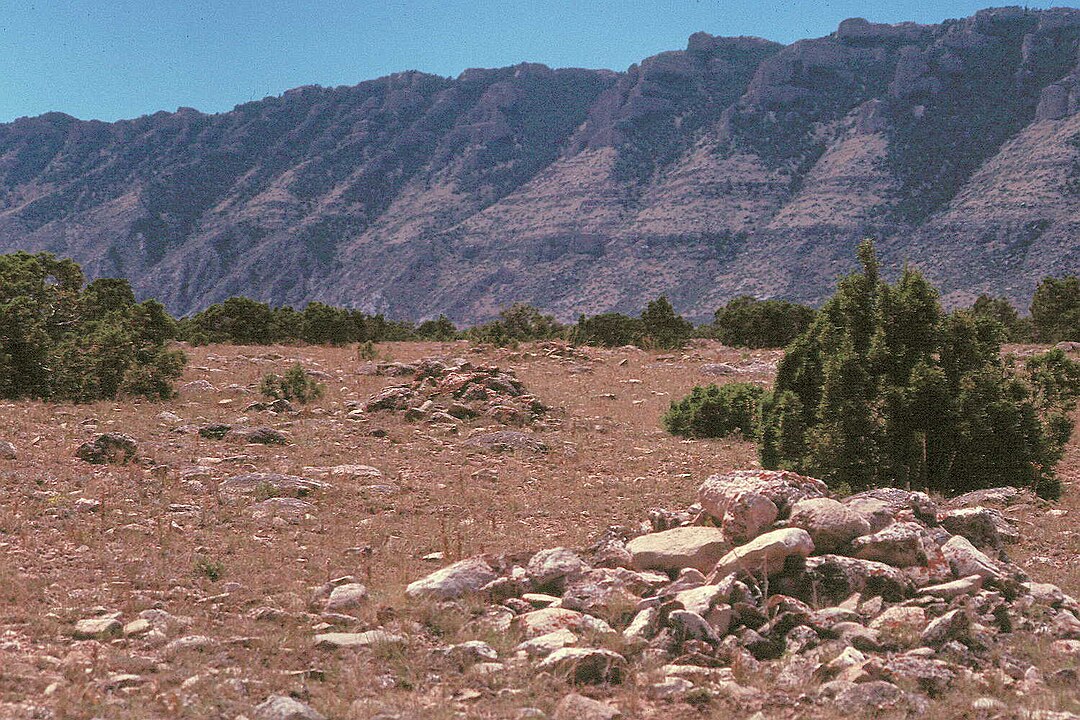
A deep, sinuous canyon holds green water between limestone walls where bighorn sheep pick impossible lines. Boat ramps and overlooks stay quiet compared with famous parks, and trails step to views that swallow an afternoon. The drive in rolls through open range and sky that stacks weather in layers. Sunsets catch cliff faces and turn them to copper, then the river carries that color downstream. Solitude comes standard, and it pairs well with a slow picnic and long look.
